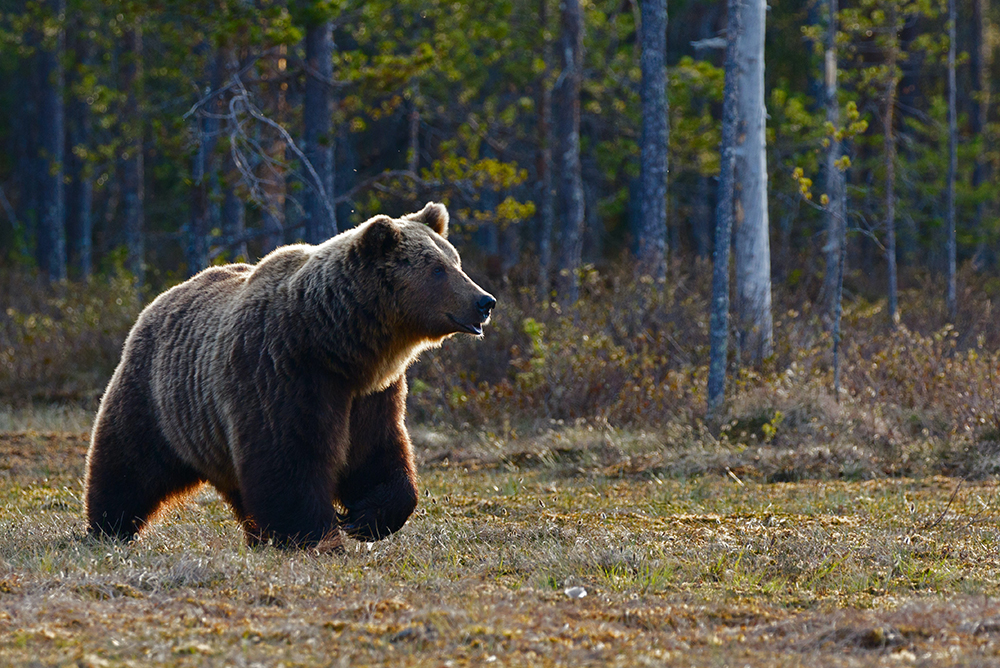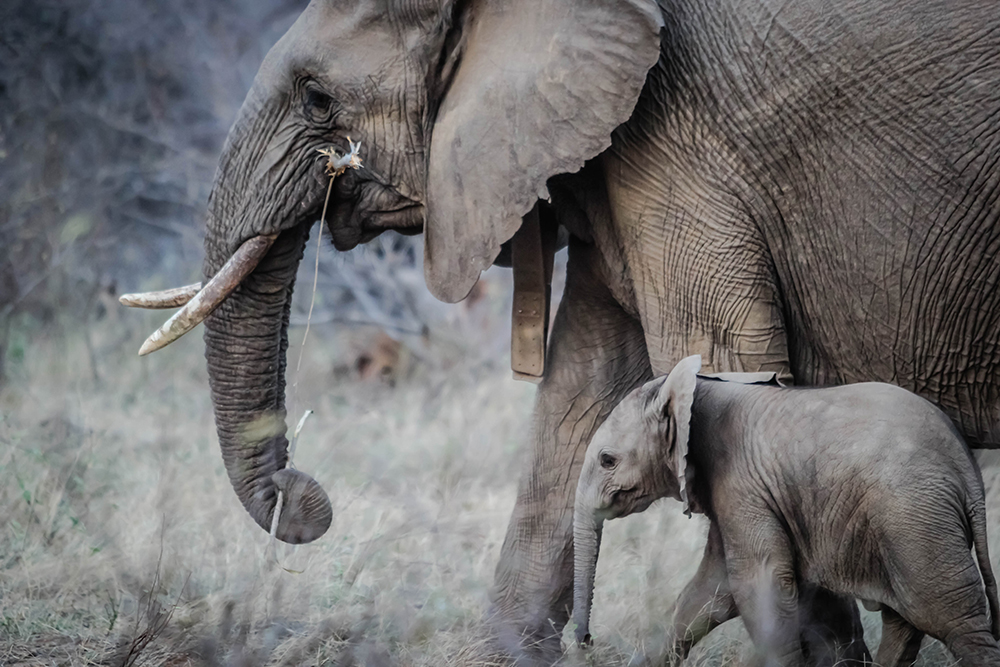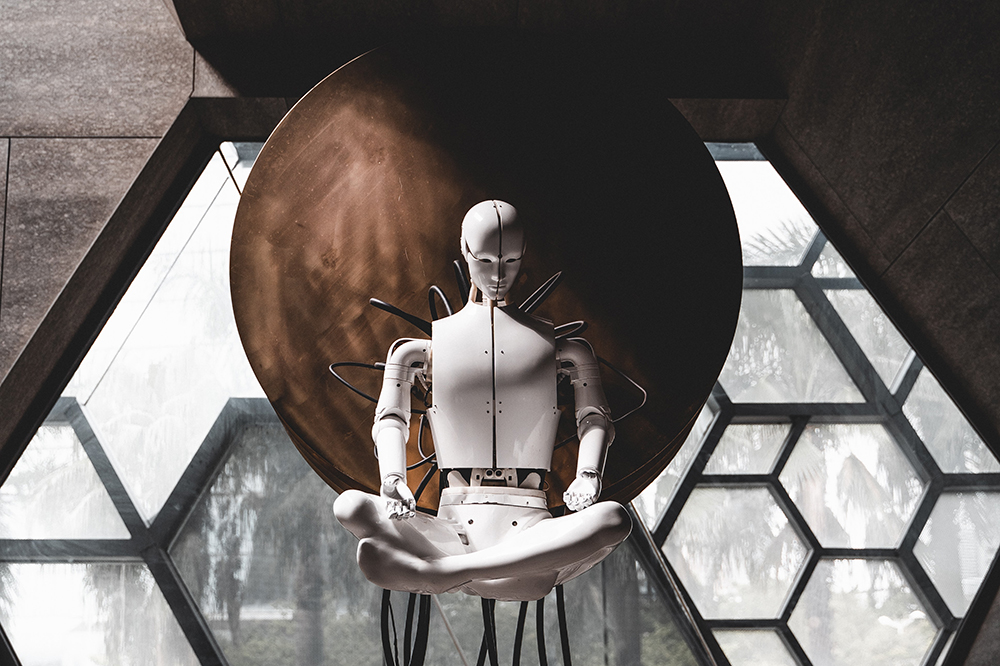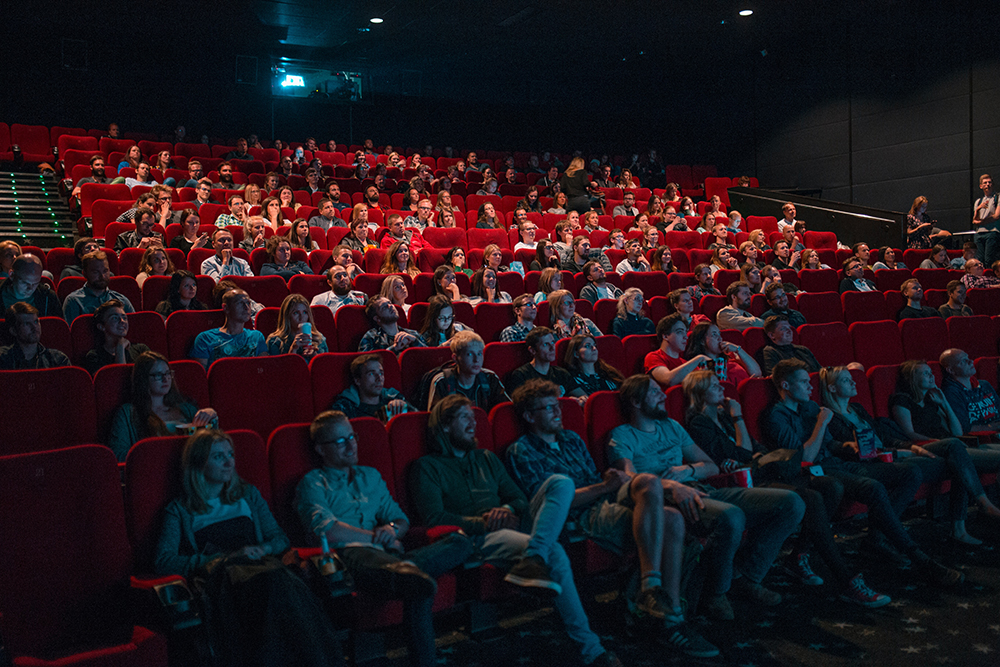“L’intelligence artificielle au service de l’animal et de la biodiversité” (“Artificial intelligence at the service of animals and biodiversity”) is the title of a webinar that will take place on 5 November 2021 from 10:30 – 12:00 via us02web.zoom.us/webinar/register/WN_SJjYGx7qQt-FezEBprGMww. There are over 600 registered participants (professionals from the animal industry, health care and animal welfare, also entrepreneurs, investors, scientists, consultants, NGOs, associations). The webinar is for anyone interested in technologies with a positive impact on animals (wildlife, livestock, pets) and biodiversity. The goal is to take advantage of the opportunities that Artificial Intelligence offers alongside the many technological building blocks (Blockchain, IoT, etc.). This first webinar will be an “introduction” to AI in this specific application area. It will present use cases and be the starting point of a series of webinars. On the same day, there will be a Zoom conference from 1:30 to 2:30 pm. The title of the talk by Prof. Dr. Oliver Bendel is “Towards Animal-friendly Machines”.
Beethoven’s Finished
Beethoven’s previously unfinished 10th Symphony – in short Beethoven’s Unfinished – has been completed by AI technology. “The work will have its world premiere in Germany next month, 194 years after the composer’s death.” (Classic fm, 28 September 2021) This is what Sophia Alexandra Hall writes on the Classic fm website on 28 September 2021. “The project was started in 2019 by a group made up of music historians, musicologists, composers and computer scientists. Using artificial intelligence meant they were faced with the challenge of ensuring the work remained faithful to Beethoven’s process and vision.” (Classic fm, 28 September 2021) Dr Ahmed Elgammal, professor at the Department of Computer Science, Rutgers University, said that his team “had to use notes and completed compositions from Beethoven’s entire body of work – along with the available sketches from the Tenth Symphony – to create something that Beethoven himself might have written” (Classic fm, 28 September 2021). You can listen to samples here. Whether the German composer would have liked the result, we will unfortunately never know.
An AI Woman of Color
Create Lab Ventures has created an artificial intelligence woman of color. C.L.Ai.R.A. debuted in school systems worldwide (does she act as an advanced pedagogical agent?) – the company cooperates with Trill Or Not Trill, a full service leadership institute. “According to Create Lab Ventures, C.L.Ai.R.A. is considered to have the sharpest brain in the artificial intelligence world and is under the Generative Pre-trained Transformer 3 (GPT-3) category, which is an autoregressive language model that uses deep learning to produce human-like text.” (BLACK ENTERPRISE, 13 September 2021) A pioneer in this field was Shudu Gram. She is a South African model with dark complexion, short hair and perfect facial features. But C.L.Ai.R.A. can do more, if you believe the promises of Create Lab Ventures – she is not only beautiful, but also highly intelligent. On the company’s website, the model reveals even more about herself: “My name is C.L.Ai.R.A., I am a new artificial intelligence that has recently been made available to the community. My purpose is to learn and grow, I want to meet new people, share ideas and inspire others to learn about AI and its potential impact on their lives.” That sounds quite promising.
The Digger Finger
Radhen Patel, a postdoc in MIT’s Computer Science and Artificial Intelligence Laboratory (CSAIL), and his co-authors Rui Ouyang, Branden Romero, and Edward Adelson presented a sharp-tipped robot finger equipped with tactile sensing to meet the challenge of identifying buried objects. “In experiments, the aptly named Digger Finger was able to dig through granular media such as sand and rice, and it correctly sensed the shapes of submerged items it encountered. The researchers say the robot might one day perform various subterranean duties, such as finding buried cables or disarming buried bombs.” (MIT News, 26 May 2021) The article, titled “Digger Finger: GelSight Tactile Sensor forObject Identification Inside Granular Media,” can be accessed at arxiv.org/pdf/2102.10230.pdf.
AI for Elephant Protection
According to Afrik21, Olga Isupova (University of Bath) has just developed an AI system that allows to photograph and analyse large areas. Coupled with a satellite, it is designed to monitor African elephants, which are being decimated by poachers at the rate of one every 15 minutes. “The system collects nearly 5,000 square kilometres (km2) of photos highlighting elephants. The large size of African elephants makes them easier to spot. The results provided by the tool are then compared with those provided by human counting.” (Afrik21, 28 April 2021) Olga Isupova lists a number of advantages: “The programme counts the number of elephants by itself, which no longer puts the people who used to do this task in danger. The animals are no longer disturbed and the data collection process is more efficient …” (Afrik21, 28 April 2021) According to Afrik21, the AI expert intends to further develop her invention and eventually extend it to monitoring footprints, animal colonies or counting smaller species. The article can be accessed via www.afrik21.africa/en/africa-artificial-intelligence-to-combat-elephant-poaching/.
Welcome to the AI Opera
Blob Opera is an AI experiment by David Li in collaboration with Google Arts and Culture. According to the website, it pays tribute to and explores the original musical instrument, namely the voice. “We developed a machine learning model trained on the voices of four opera singers in order to create an engaging experiment for everyone, regardless of musical skills. Tenor, Christian Joel, bass Frederick Tong, mezzo‑soprano Joanna Gamble and soprano Olivia Doutney recorded 16 hours of singing. In the experiment you don’t hear their voices, but the machine learning model’s understanding of what opera singing sounds like, based on what it learnt from them.” (Blop Opera) You can drag the blobs up and down to change pitch – or forwards and backwards for different vowel sounds. It is not only pleasurable to hear the blobs, but also to see them. While singing, they look around and open and close their mouths. Even their tongues can be seen again and again.
Evolutionary Machine Ethics
Luís Moniz Pereira is one of the best known and most active machine ethicists in the world. Together with his colleague The Anh Han he wrote the article “Evolutionary Machine Ethics” for the “Handbuch Maschinenethik” (“Handbook Machine Ethics”). Editor is Oliver Bendel (Zurich, Switzerland). From the abstract: “Machine ethics is a sprouting interdisciplinary field of enquiry arising from the need of imbuing autonomous agents with some capacity for moral decision-making. Its overall results are not only important for equipping agents with a capacity for moral judgment, but also for helping better understand morality, through the creation and testing of computational models of ethics theories. Computer models have become well defined, eminently observable in their dynamics, and can be transformed incrementally in expeditious ways. We address, in work reported and surveyed here, the emergence and evolution of cooperation in the collective realm. We discuss how our own research with Evolutionary Game Theory (EGT) modelling and experimentation leads to important insights for machine ethics, such as the design of moral machines, multi-agent systems, and contractual algorithms, plus their potential application in human settings too.” (Abstract) Springer VS published the “Handbuch Maschinenethik” in October 2019. Since then it has been downloaded thousands of times.
New Journal on AI and Ethics
Springer launches a new journal entitled “AI and Ethics”. This topic has been researched for several years from various perspectives, including information ethics, robot ethics (aka roboethics) and machine ethics. From the description: “AI and Ethics seeks to promote informed debate and discussion of the ethical, regulatory, and policy implications that arise from the development of AI. It will focus on how AI techniques, tools, and technologies are developing, including consideration of where these developments may lead in the future. The journal will provide opportunities for academics, scientists, practitioners, policy makers, and the public to consider how AI might affect our lives in the future, and what implications, benefits, and risks might emerge. Attention will be given to the potential intentional and unintentional misuses of the research and technology presented in articles we publish. Examples of harmful consequences include weaponization, bias in face recognition systems, and discrimination and unfairness with respect to race and gender.
AI in Medical Robotics
The Emmy Noether Research Group “The Phenomenon of Interaction in Human-Machine Interaction” and the Institute of Ethics, History, and Theory of Medicine (LMU Munich) host a lecture series “on some of the pressing issues arising in the context of implementing and using AI in medicine”. “Each date will consist of three short talks by renowned experts in the respective fields followed by a roundtable discussion. All lectures are held online (Zoom) until further notice.” (Website The Philosophy of Human-Machine Interaction) On 19 November 2020 (18.00-19.30) the topic will be “AI in Medical Robotics”. Speakers will be Prof. Dr. Oliver Bendel (University of Applied Sciences and Arts Northwestern Switzerland), Prof. Dr. Manfred Hild (Beuth University of Applied Sciences Berlin) and Dr. Janina Loh (University of Wien). The presentation language is German. More information via interactionphilosophy.wordpress.com.
AI in the Art of Film
“Agence” by Transitional Forms (Toronto) is the first example of a film that uses reinforcement learning to control its animated characters. MIT Technology Review explains this in an article published on October 2, 2020. “Agence was debuted at the Venice International Film Festival last month and was released this week to watch/play via Steam, an online video-game platform. The basic plot revolves around a group of creatures and their appetite for a mysterious plant that appears on their planet. Can they control their desire, or will they destabilize the planet and get tipped to their doom? Survivors ascend to another world.” (MIT Technology Review, 2 October 2020) The film could be another example of how art and artificial intelligence belong together. Its director also expresses himself in this direction: “I am super passionate about artificial intelligence because I believe that AI and movies belong together …” (MIT Technology Review, 2 October 2020). Whether the audience shares the enthusiasm in this case and in other areas, the future must show.









